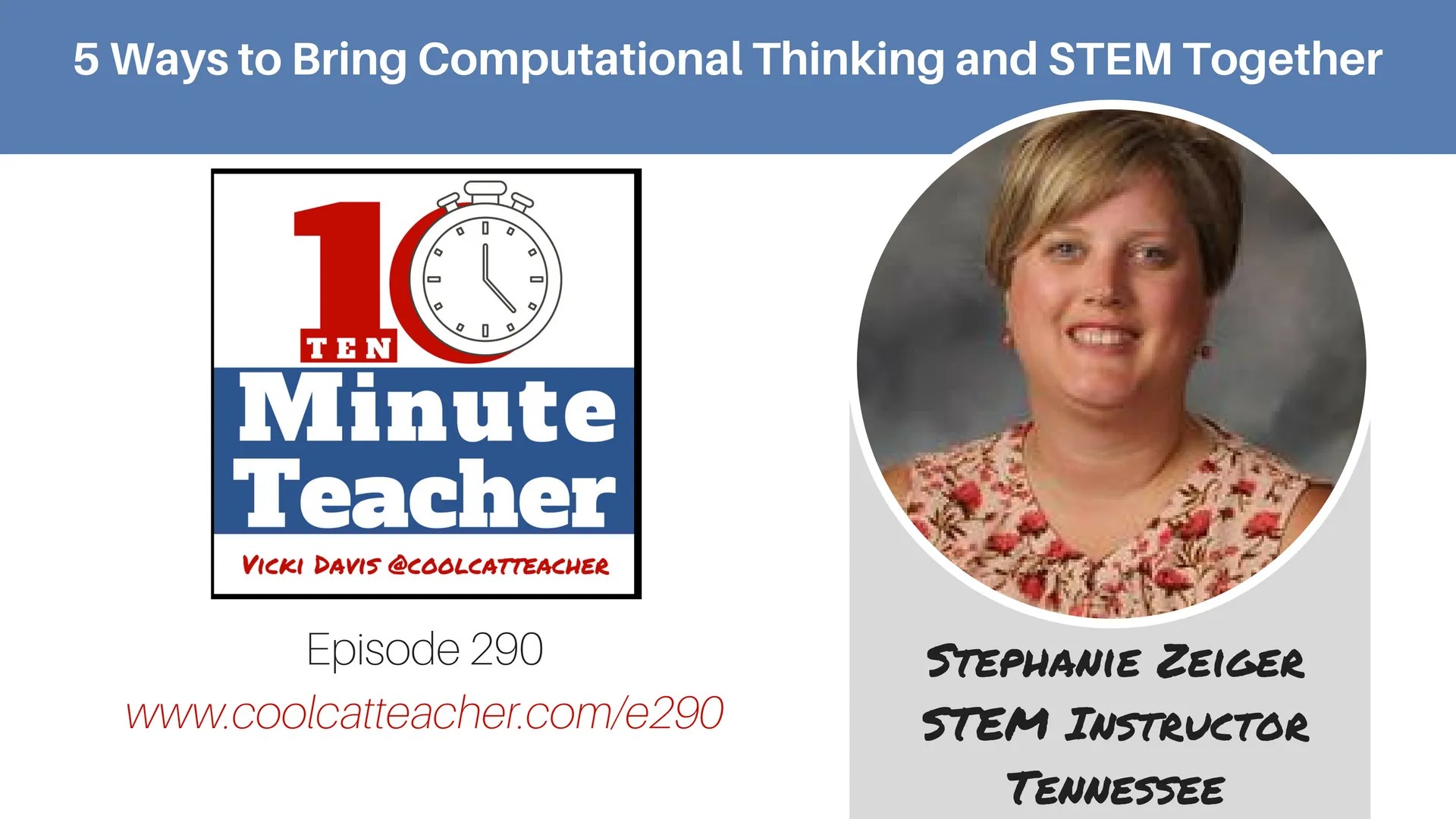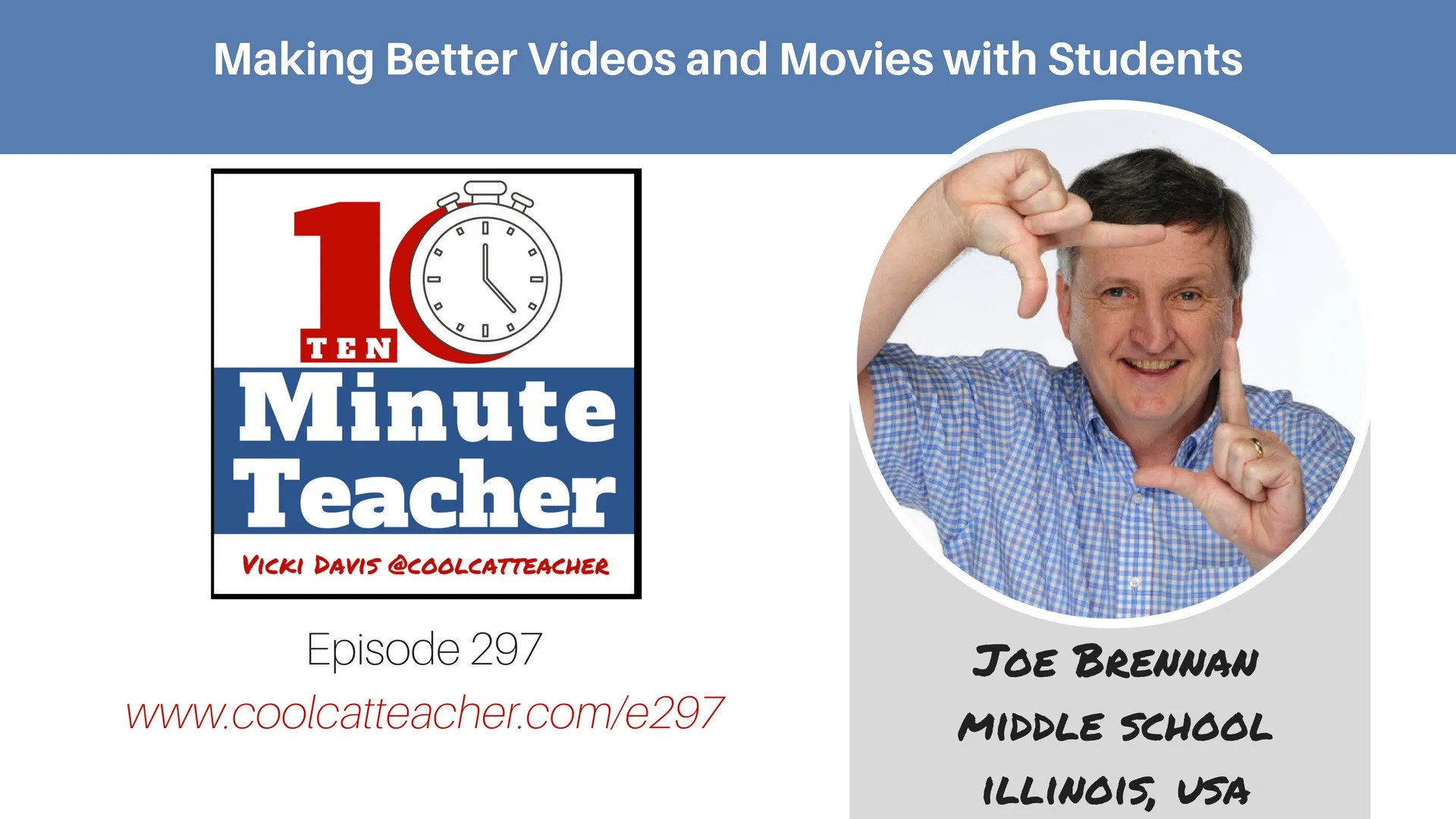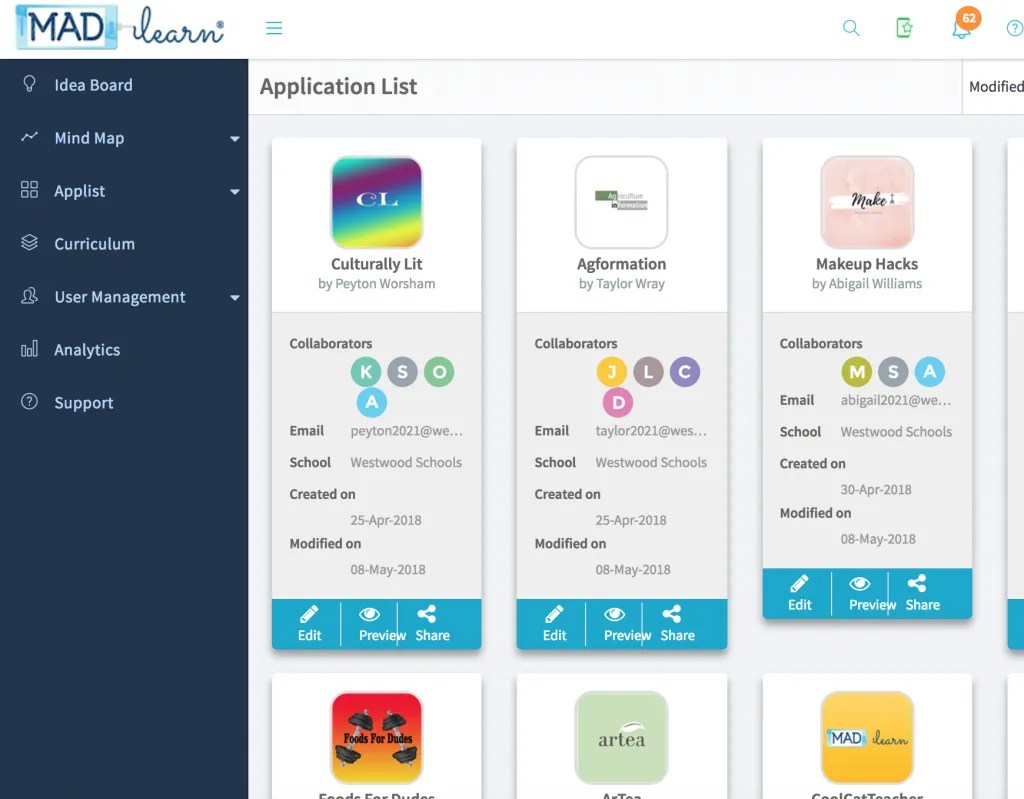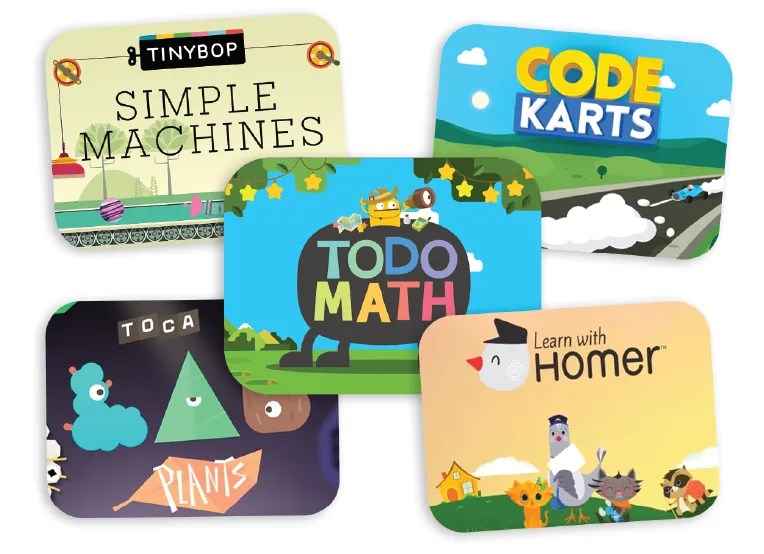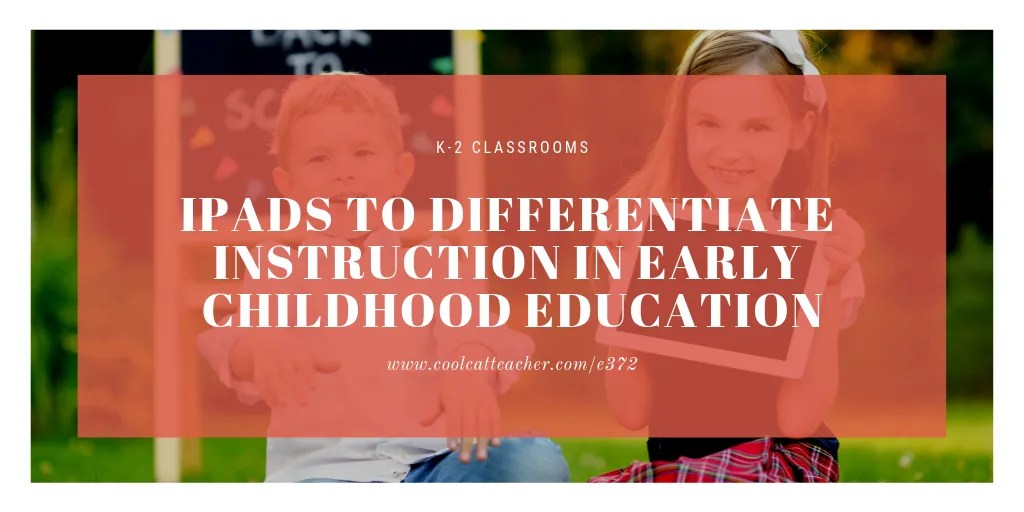[ad_1]
STEM and Computational Considering go collectively. As we speak’s visitor is a PhD, Biomedical engineer and STEM Trainer. Stephanie Zeiger helps us see the potential of STEM and computational pondering.
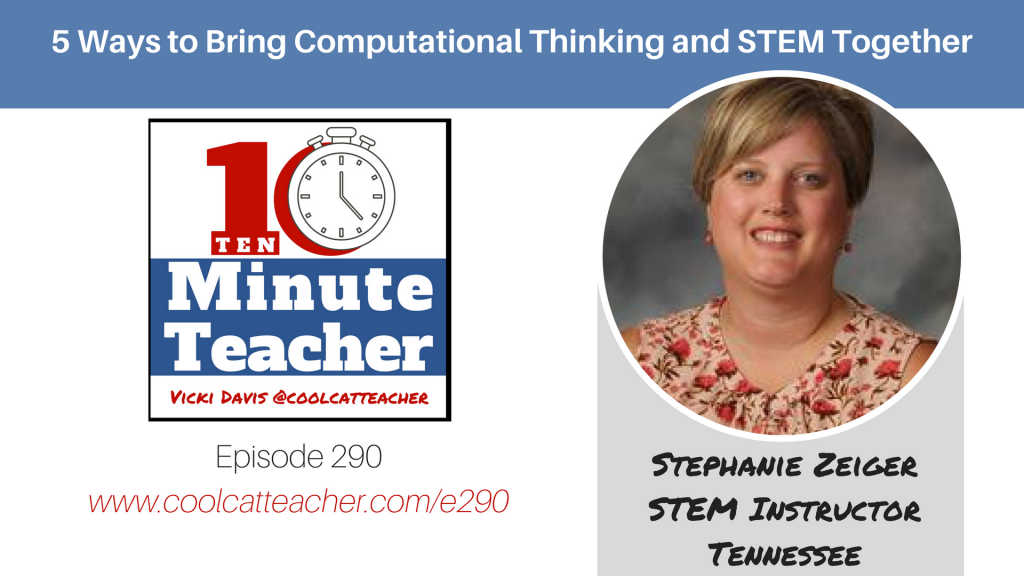
Hear Now
***
Hyperlink to point out: https://www.coolcatteacher.com/e290
Date: April 13, 2018
Vicki: Let’s discuss bringing computational pondering and STEM along with Stephanie Zieger. She works with science and coding at a college in Nashville, Tennessee.
So, Stephanie, what’s our first solution to carry computational pondering and STEM collectively?
Stephanie: Nicely, first, thanks for having me in your present. I used to be very excited to get contacted by you to speak about this as a result of I’m tremendous enthusiastic about it.
The very first thing I wish to say is that as academics, you must know that STEM and computational pondering will not be unique. In actual fact, the way in which scientists and engineers method issues is similar to how a pc scientist thinks.
Scientists and engineers method issues like programmers do
So, for instance, after we have a look at the engineering design course of… First, you’re going to determine issues, you are going to do the analysis and know what your constraints and standards are, and that’s going to be one thing you do whether or not you’re designing an airplane or an app. You would possibly must be taught some ideas to grasp the issue higher, however it’s very comparable.
Determine issues and do analysis
While you go and also you think about and brainstorm to think about these options, you would possibly want to interrupt down the issue into extra manageable components earlier than you think about tips on how to even remedy it. That is really known as decomposition in computational pondering.
Decompose the issue earlier than brainstorming
Subsequent, you get to plan. Similar to an engineer or a scientist, you’re planning out your experiments or designs, you’re going to design an algorithm when you find yourself programming. That’s a step-by-step solution to remedy the issue.
Design the algorithm or create your plan
Then final, after we get into the create, check, and we redesign You get to check your design and be taught what’s working, what common idea you discovered and what must be modified. To revamp, you must search for these patterns, analyze the information, and work out what’s answerable for the outcome. That is comparable sample recognition and abstraction computational pondering.
Create and check and analyze outcomes
Lastly, my favourite factor is once you’re coding, and also you run that program and it doesn’t work, and you must debug, you’re really must be studying from failure. We all know as science academics, that’s positively one thing you’re doing within the science and engineering area.
Debug and modify
Vicki: Wow. So have we already gone via all 5 now? (laughs)
Stephanie: (laughs) We haven’t!
Vicki: (laughs) OK, so we’ve gone via 4. So let’s again up a second.
So to begin with, you stated, STEM and computational pondering will not be unique. So some folks assume, “OK, now we’re going to do science. Now we’re going to do engineering, Now we’re going to do math. After which we’re going to do coding.” So that you assume all of them can sort of come collectively, proper?
Stephanie: Proper. Undoubtedly. I believe with the precise mission design, you possibly can really incorporate all of those collectively.
We’ve had some expertise with that, and what we’ve discovered is that it tends to get the scholars extra enthusiastic about what they’re doing within the science class. It additionally actually helps them really feel like they will change the world in relation to utilizing STEM and computer systems.
Vicki: OK, so give me one instance of bringing these collectively, Stephanie.
An instance of computational pondering and STEM collectively
Stephanie: So, in a single occasion, one among my favourite tasks we do has to do with an electrical energy unit in our seventh grade. We ask college students to develop an interactive toy. They’re “employed” (laughs) by Mattel — which is simply to get them excited — to design an interactive toy.
So college students work as mechanical and electrical engineers to study circuits, like sequence and parallel, present and voltage. Then they design a toy that’s going to include a push button, an LED, or a motor.
What we discovered was that our college students have been like, “Oh yay! My button works! And the LED works!” However they actually desire a extra interactive toy that does somewhat bit greater than mild up or spin. So we took the mission to the following degree and added in what’s known as bodily computing.
Now our college students are utilizing Arduinos to really mild LEDs in patterns, spin a motor to a sure diploma that they need in order that they get extra management over their toy, or really simply even play a tune by altering the frequency of sound waves utilizing a buzzer.
So the joy of this mission simply grew exponentially. Our college students are much more excited once they lastly get via that attempting issues out and eventually get a working toy that comes with Arduino.
Vicki: That’s unbelievable. And what age are the children?
Stephanie: This was in a seventh grade class.
Vicki: Wonderful. OK, so that you’ve given us an instance of how STEM and computational pondering come collectively. That’s a implausible instance. It’s apparent that the children must do quantity two, which is planning issues out.
Then quantity three, which is testing and studying and determining tips on how to modify.
Let’s park for a second on quantity 4. Now here’s a frustration that I see quite a lot of academics — or I assume a misstep — that quite a lot of us make. I did it at first, too. We really feel like we’ve failed as a instructor if it doesn’t work the primary time. Do you agree or not?
Stephanie: I don’t agree. Are you speaking about if the coed’s mission doesn’t work the primary time?
Vicki: I’m saying that typically academics are inclined to to really feel like a failure if the coed mission doesn’t work the primary time, however that’s probably not how we must always really feel, is it?
Stephanie: No. Undoubtedly not. Having been a scientist and an engineer in my earlier life earlier than educating (laughs) I’ve to say that there’s extra failure than success in these fields.
What you need is for pupil to be like, “OK. That didn’t work, so let’s see what went fallacious. Let’s step again and work via it, and see how I can redesign and construct a profitable prototype.”
We actually wish to push the method, not the product. We wish — even on the finish of the mission — we wish the scholars to essentially mirror on the place they began and the place they ended up. They’ll see the place they’ve grown of their studying.
As a instructor, we don’t need it to work out completely, as a result of that’s no enjoyable. The enjoyable half is after we really educate our college students tips on how to persevere and downside remedy when issues don’t work.
It’s no enjoyable if it really works out completely the primary time
That’s the place debugging is available in with computational pondering, and the place in science and engineering it’s only a pure a part of these varieties of jobs.
Vicki: Nicely, and I’ve seen academics who’ve finished issues like, “OK, design a constructing, and I’m going to trigger an earthquake to occur. See should you can maintain it from falling down.” Or placing some stress on it, so it’s an precise competitors for it, I assume, to carry up not directly.
Stephanie: Proper. We do a bridge mission with a few of our college students in our classroom. We deliberately make the bridge fail. We placed on as a lot as we will till it breaks. The rationale we do that’s we wish them to return and redesign and work out how they will enhance it. That’s a vital a part of the method.
I’d encourage academics to seek out methods for college students to have tasks that aren’t at all times going to work out completely, after which assist mannequin to them how they downside remedy and work via that. College students are inclined to assume failure is a foul phrase. In my line of labor, I really assume it’s an incredible phrase. (laughs)
Vicki: So is that our fifth, to assist mannequin tips on how to downside remedy, or is it one thing else?
Stephanie: Nicely, I had some extra, however… (laughs)
Vicki: OK! Give us some extra!
Stephanie: (laughs) Alright!
I did wish to level out that a part of when you find yourself modeling… so let’s simply mannequin… I at all times give an instance for computational pondering. When college students can understand how a lot STEM goes into pc technology or animation or video games, they will use programming to design their very own animation of a STEM idea, akin to tips on how to get to a rocket’s velocity or angle of projection correct in order that it could actually make it to the moon.
There are sources like code.org, CS Discovery’s curriculum, or MIT’s Scratch program that may be actually helpful for academics to create a mission that enables the scholars to precise their creativity whereas utilizing programming and modeling to deepen their understanding of the scientific idea.
We’ve utilized this throughout a number of tasks, together with one which’s been finished in our historical past lessons, the place the scholars really wrote code to mannequin Greek mythology (laughs) as they have been studying in regards to the gods and goddesses.
Vicki: Superior. So we’ve talked about quite a lot of methods to carry computational pondering and STEM collectively.
Stephanie, let’s end up with a brief 30-second pitch on why these two issues belong collectively. Why do computational pondering and STEM belong collectively?
Stephanie: So computational pondering and STEM belong collectively as a result of they’re actually going to enrich one another in serving to your college students change into extra STEM educated. I wish to encourage academics that whilst you can see the advantages of computational pondering, you may be overwhelmed to know even the place to start out.
So attain out to the Pc Science Academics Affiliation. Membership is free! They’ve nice sources. Simply bounce in. Step out of your consolation zone. Be the coed, and simply attempt to program. You’ll be amazed at how a lot you develop in your studying, and the brand new perspective you’ll have about your college students as they’re studying STEM ideas.
Step out of your consolation zone
Vicki: I completely agree, as a result of I do know once I first helped youngsters make video video games in Scratch, it scared me. I do know once I first helped youngsters make apps, it scared me. Once we first acquired Arduinos, it scared me.
Stephanie: (laughs)
Vicki: It’s sort of scary and nerve-wracking, however these are issues you are able to do. So get out and attempt to experiment and be a creator alongside along with your college students.
Stephanie: Sure. I fully agree with that.
Contact us in regards to the present: https://www.coolcatteacher.com/contact/
Transcribed by Kymberli Mulford kymberlimulford@gmail.com
Bio as submitted
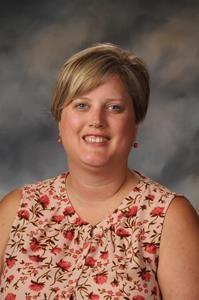
Stephanie Zeiger is an engineer and scientist that has embraced bringing the world of STEM to college students of all ages. She has undergraduate levels in nuclear engineering and a PhD in biomedical engineering the place she first discovered to code. As a analysis assistant professor at Vanderbilt College, she turned concerned in lots of STEM academic outreach packages and located a ardour for educating science. As we speak, she is an teacher with the Vanderbilt Packages for Proficient Youth and a Harpeth Corridor Faculty science instructor the place she teaches and develops STEM curriculum together with a number of coding lessons that emphasize computational pondering.
| Disclosure of Materials Connection: It is a “sponsored podcast episode.” The corporate who sponsored it compensated me through money cost, present, or one thing else of worth to incorporate a reference to their product. Regardless, I solely suggest services or products I consider shall be good for my readers and are from corporations I can suggest. I’m disclosing this in accordance with the Federal Commerce Fee’s 16 CFR, Part 255: “Guides In regards to the Use of Endorsements and Testimonials in Promoting.” This firm has no impression on the editorial content material of the present. |
By no means Miss a Podcast Episode
Subscribe to get our podcast episodes by e-mail.
[ad_2]
Source link
